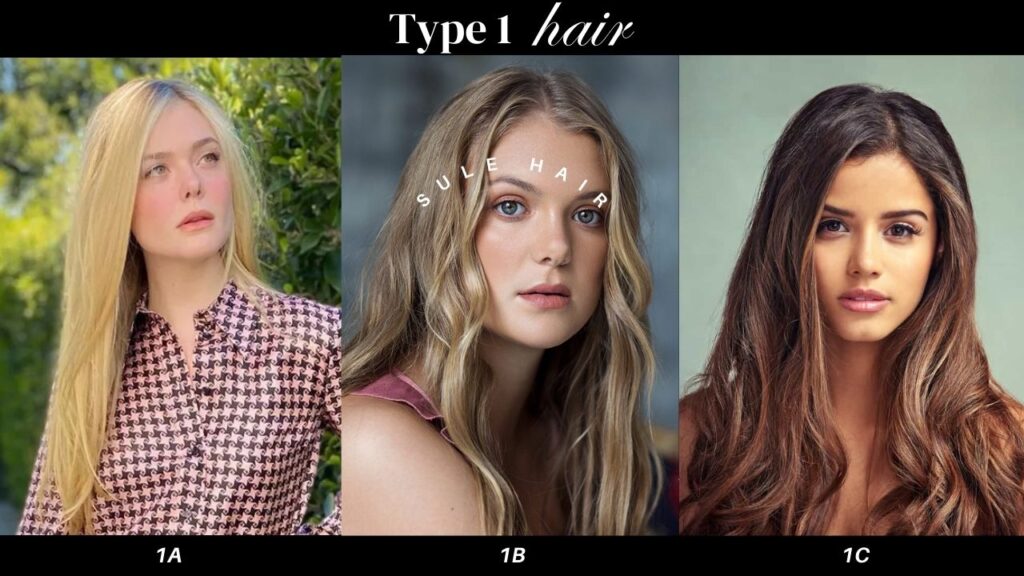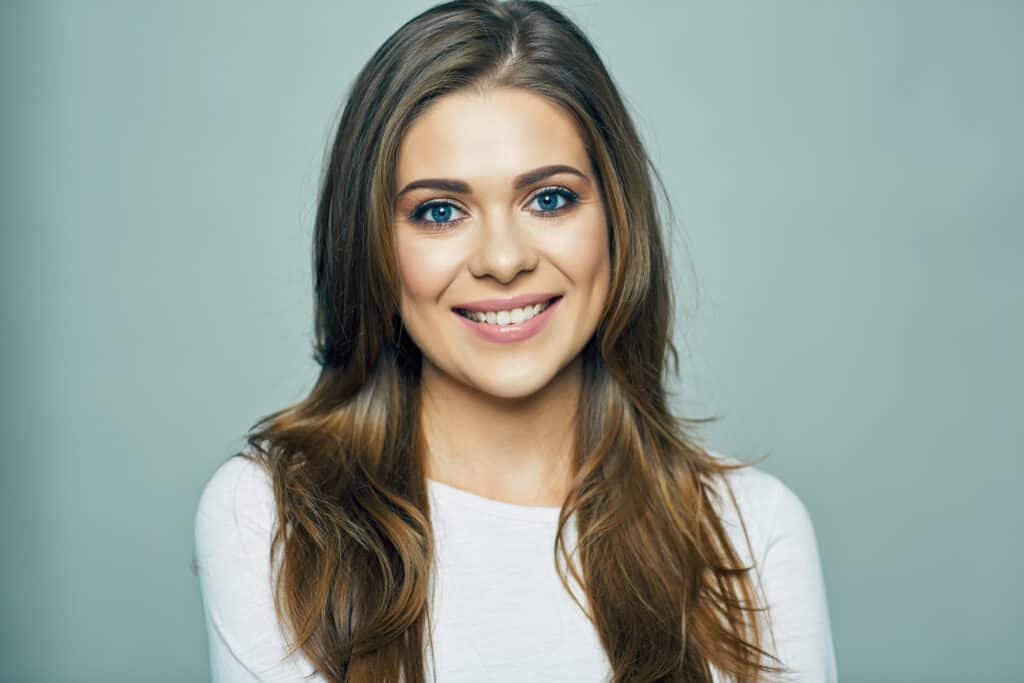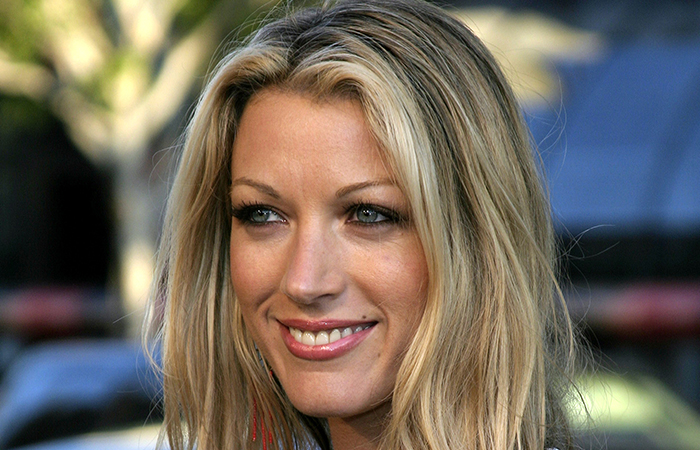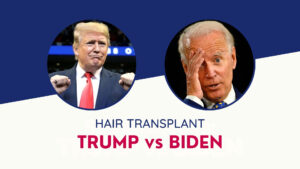The expression “type 1 hair” refers to the spectrum of straight hair, which includes distinct variations such as 1a, 1b, and 1c subtypes. Each subtype has its own set of distinguishing qualities, ranging from the extremely fine and smooth 1a hair type to the bulkier and coarser 1c hair type. Recognizing these subcategories is the first step in achieving healthier and more vibrant hair. This is because it allows for the alignment of care techniques with the specific requirements of the hair type.

To successfully navigate the complexities of hair types 1a, 1b, and 1c, it is necessary to grasp the obstacles that every kind of hair presents and the strategies that can be used to handle those challenges properly. This article looks into fundamental care advice for maintaining the health and beauty of straight hair and styling dos and don’ts that are specialized for each subtype of straight hair. The readers can unlock the potential of their straight tresses across the 1a, 1b, and 1c spectrums if they investigate the recommended goods and practices.
Identifying Your Hair Type: 1a, 1b, or 1c?

For best maintenance and styling, it is vital to thoroughly understand the differences between the three subtypes of type 1 hair: 1a, 1b, and 1c. To assist you in determining the kind of hair you have, the following is a brief breakdown:
- Type 1A hair is completely straight and flat.
- Strands are thin and fine, shedding easily.
- Maintains its shine well due to its smooth texture.
- Challenging to style due to a need for more volume.
- Rare, typically found in individuals of Asian descent.
- Type 1B hair is slightly more voluminous than Type 1A.
- Subtle bend or wave, appearing smooth overall.
- Medium thickness allows for better hairstyle hold.
- Prone to greasiness from heavy product buildup.
- A thick, coarse consistency characterizes type 1C hair.
- Visible waviness due to strand thickness.
- Very voluminous, requiring management of dryness and frizz.
When you determine your exact hair type, you not only have a better grasp of how to choose appropriate products and styling techniques, but you also have a better awareness of how to avoid damage, explore other styling possibilities, and encourage healthy hair growth. Recognizing the qualities of your hair, whether it is completely straight, has a small wave, or displays a more obvious waviness, is the first step towards providing your hair with individualized treatment.

Challenges of Managing 1a Hair
The fine and straight texture of Type 1A hair poses a distinct set of obstacles that must be overcome when managing the hair. A more in-depth examination of these challenges is as follows:

- Flat Hair: Natural sebum buildup and heavy styling products contribute to a lack of volume.
- Solutions include using lightweight volumizing products and avoiding heavy conditioners near the roots.
- Styling Difficulties: Achieving curls or waves is challenging due to the hair’s straight texture.
- Hair accessories often need to be corrected, making styling frustrating.
- Opt for texture sprays and consider velcro accessories for better grip.
- Oiliness: The straight structure allows oils to coat the hair, leading to a greasy appearance easily.
- Regular, gentle cleansing with a balancing shampoo can help manage oiliness without stripping hair of moisture.
- Breakage: The delicate strands are prone to damage and shedding.
- Regular trims and protective silk accessories at night can help minimize breakage.
To adopt a care regimen that addresses the special needs of Type 1A hair, it is essential to have a thorough understanding of these features. This will ensure that the hair continues to be healthy and manageable.
Essential Care Tips for 1a Hair
When it comes to maintaining healthy and vibrant locks, it is essential for individuals with type 1 hair, particularly those with the 1a subtype, to carefully adjust their hair care routine to meet their specific requirements. Take into consideration the following important care tips:
- Shampooing and Conditioning:Frequency: To regulate oil production without overstripping natural oils, shampoo your hair every two to three days. Use colder water to help lock in moisture.
- Products: Only apply lightweight conditioners from the mid-shafts to the ends. Consider using a leave-in conditioner for more moisture, especially when you style with heat.
- Styling and Maintenance: Heat Styling: Reduce your time using heat-producing tools. To prevent damage, use a light-duty heat-protectant spray when needed.
- Volume and texture: Use volumizing shampoos and mousse near the roots for added lift. For texture, a texturizing spray or mousse can help add body and definition.
- Accessories and Treatments: Swap out cotton pillowcases for silk or satin to reduce breakage. Regular trims are recommended to keep ends healthy and prevent split ends.
- Avoiding Common Pitfalls: Product Buildup: Use a clarifying shampoo weekly to remove buildup and refresh the scalp.
- Oil Management: Use dry shampoo to absorb extra oil and enhance volume between washes. Avoid thick products that can clog hair and make it more oily.
Following these instructions can help individuals with type 1a hair successfully navigate the hurdles of maintaining their straight, fine locks. This will ensure their hair is healthy, manageable, and stylish.
Styling 1a Hair: Dos and Don’ts
When styling type 1a hair, striking a delicate balance between preserving its natural smoothness and adding the volume and structure you seek can be challenging. If you want to get the perfect style, here are some crucial dos and don’ts:
- Dos: Use lightweight hair care products. Choose products made especially to avoid weighing down fine hair. This guarantees that the hair stays abundant and buoyant.
- Select the appropriate styling tools and heat products: The body can be added with lightweight mousses and volumizing brushes. Always wear it with a strong heat protector to protect your hair from damage.
- Opt for Layered Haircuts: Adding layers to your haircut can give your hair the much-needed body, movement, and style to seem more voluminous and dynamic.
- Don’ts: Overuse Hair Products: Type 1a hair is prone to weight gain. Use a simple, straightforward method for applying products.
- Neglect Heat Protection: 1a hair’s tiny fibres are vulnerable to heat damage. Apply a superior heat protectant only after styling.
- Forget to Avoid Sticky or Buildup-Causing Products: Avoid heavy waxes, gels, or any product that can cause buildup, leaving hair looking flat and lifeless.
By sticking to these styling guidelines, individuals with type 1a hair can enjoy a wide variety of bright hairstyles without compromising the health of their hair or the inherent beauty of their hair.
Recommended Products for 1a Hair
When it comes to preserving healthy and vibrant locks, it is essential for individuals who are navigating the world of 1A hair care to locate the appropriate items. The following is a compiled list of goods that are advised for dealing with the specific requirements of type 1a hair:
- Volume and Texture: Rahua Enchanted Island Salt Spray: Injects volume and texture with a soft hold.
- Volumizing Shampoo: Cleanses gently while adding noticeable fullness.
- Spray Gel: Thicken hair and lightly hold styles without heaviness.
- Hydration and Protection: Pre-shampoo treatments: Provide restructure and moisture without adding bulk. Lightweight
- Conditioners: These conditioners increase fullness by using thickening proteins. Leave-In
- Conditioner daily: a non-greasy solution that fights oiliness while adding shine and structure.
- Cleaning and Maintenance:Clarifier: An essential weekly product to help clear buildup and revitalize the scalp. Prisma
- Clarifying Shampoo with Lipotein-Q: Effectively targets impurities and buildup. Prismax Control
- Shampoo controls oiliness while preserving the equilibrium of moisture.
- Custom Solutions: Function of Beauty: Provides specialized shampoo and conditioner emphasizing controlling oil, relaxing the scalp, and volumizing.
By including these items in your routine, you can streamline and efficiently manage type 1a hair. This will ensure that your locks remain as healthy and glossy as they have always been.
Conclusion
From the smooth and fine 1a subtype to the thicker and coarser 1c subtype, we have discussed the particular qualities of type 1 hair and the specific care requirements for this type of hair throughout this article. When individuals have a greater grasp of the specific challenges and strengths associated with each subtype, they can better customize their hair care and styling techniques to meet the specific requirements of their hair. It is abundantly evident that identifying your hair type is of the utmost importance when it comes to following the most efficient routine for preserving the health and vitality of your hair and getting the desired results in terms of styling.
To successfully nurture type 1 hair, it is necessary to not only choose the suitable products and techniques but also commit to performing routine maintenance and be willing to adjust one’s routine as required. The techniques and products suggested in this article offer a thorough guideline. These strategies and products can manage oiliness, add volume, or protect the hair from damage. By sticking to these instructions and being careful of the dos and don’ts specific to your hair subtype, you can guarantee that your straight locks will continue to be as glossy, healthy, and beautiful as they have always been. This will allow you to fully embrace the natural beauty of having type 1 hair.
FAQs
How should you care for Type 1A hair to maintain its health and appearance?
It is suggested that individuals with Type 1A hair, which typically has an oily scalp, wash their hair more regularly than those with other types of hair to maintain it efficiently. It is also possible to supply your hair with more moisture by integrating a regimen in which you condition it before shampooing it on occasion. This will help your hair maintain its vibrant and healthy appearance.
What hairstyles are most suitable for Type 1 hair?
For those with Type 1 hair, straightforward and exact cuts are recommended. Precision cuts and hairstyles of the same length are excellent choices for this particular hair type. By incorporating bangs that frame the face, one can improve the appearance of the hair without adding layers to the crown, which might give the impression that the hair is thinner. Beginning with a length slightly below the collarbone is typically a safe and flattering decision.
Can you explain what Type 1 hair is?
Individual hair strands that are naturally straight and lay flat are referred to as type 1 hair. Natural oils can more freely transfer from the scalp to the length of the hair, which is one reason why this type of hair tends to be more shiny. Three subtypes are available within this category: 1A, 1B, and 1C. Each of these subtypes has its own set of characteristics.
Why is Type 1A hair considered rare?
Because curly hair is a genetically dominant trait, type 1A hair, which is fully straight, is not as frequent as other types of hair. Because the majority of people’s hair has some degree of curvature, the totally straight quality of Type 1A hair is extremely uncommon.





